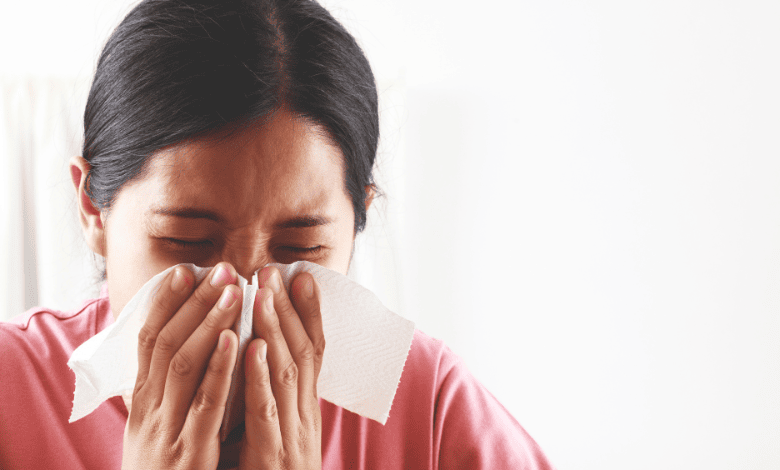Recognizing When a Common Cold or Sore Throat Requires More Attention

Have you had a sore throat for a while? Is it not responding to the medication you’re taking?
A sore throat is a fairly benign symptom that can point to a virus but, if you’ve had a cold or a sore throat for some time (over two weeks), then it can point to something more serious than the latest bug that’s going around.
Not to be alarmist, but it can point to throat cancer, and, for the sake of clarity, you should know how to spot when a sore throat is pointing to this issue over a standard cold. So, read on to learn more about throat cancers.
Causes of Throat Cancer
There are many causes of throat cancer, and if you tick any of the boxes, then any signs of throat cancer should be looked into by a doctor or nurse as soon as possible.
So, what are some of the most common causes of cancer in the throat? If you’ve used tobacco products, such as chewing tobacco, smoking cigarettes or cigars, then you’re at a higher risk of throat cancer. If you consume alcohol, you’re also at a higher risk of throat cancer. There are also some risk factors to consider, which include:
- Being male
- Having Asian descent
- Being over 65 years of age
- Having poor oral hygiene
- Having a poor diet, which is lacking fruit and vegetables.
- Having previous exposure to asbestos or coal dust.
So, if you’re a smoker, have also had poor oral hygiene, and notice any of the following symptoms, you need to book yourself in for a checkup with your primary care doctor.
Early Signs
The throat is quite a large body part, so it’s worth considering that throat cancer symptoms will vary based on the part of the throat that it impacts. The most common early symptoms of throat cancer can include vocal changes. Someone may develop a deeper or huskier sounding voice, similar to that of laryngitis or vocal chord swelling. If you have throat cancer, you may even develop slurred speech or find it hard to pronounce words. A strained voice is another symptom, which can make you sound breathless.
If you have difficulty swallowing food or drink, this is an early sign of throat cancer. You may experience a burning sensation or the feeling of food being stuck in your throat when there’s no obstruction.
Advanced Signs
Throat cancer can develop quickly, so what are the advanced signs to look out for?
If you have a sudden weight loss, can see a lump on your neck (a goiter), or are having issues breathing, then you should look to make a medical appointment as soon as possible. Note that a goiter can also point to an issue with the thyroid gland, which can also be a secondary symptom of throat cancer.
Next Steps
If you have any of the aforementioned symptoms, and you’re concerned about having throat cancer, book an appointment with your primary or family care doctor as soon as you can for an assessment.
Check out these valuable insights and take your next step with confidence!






